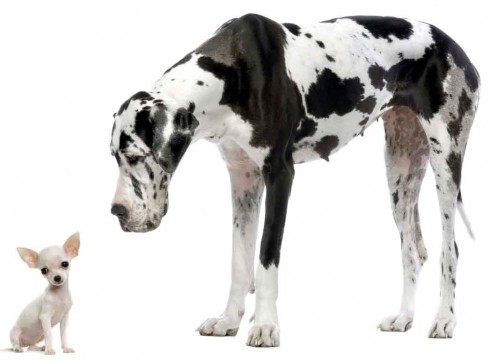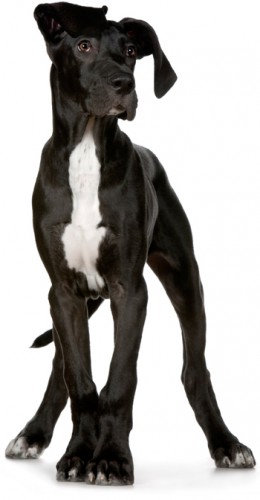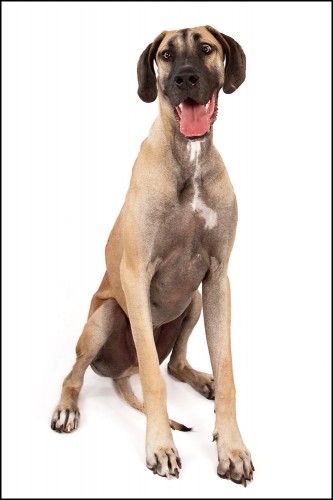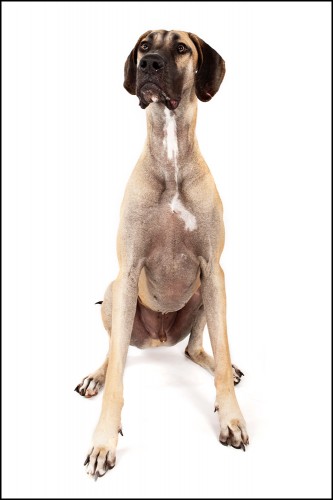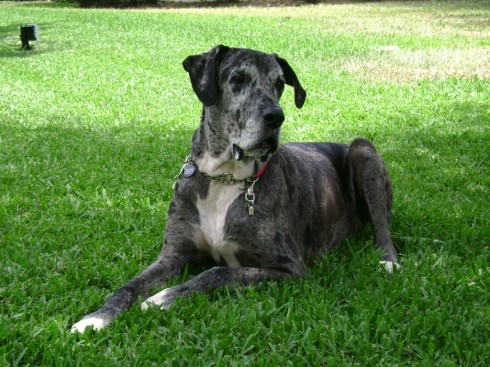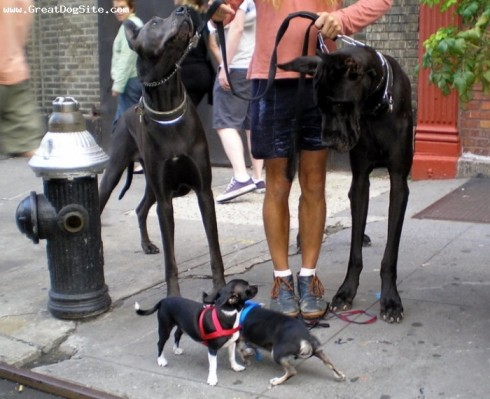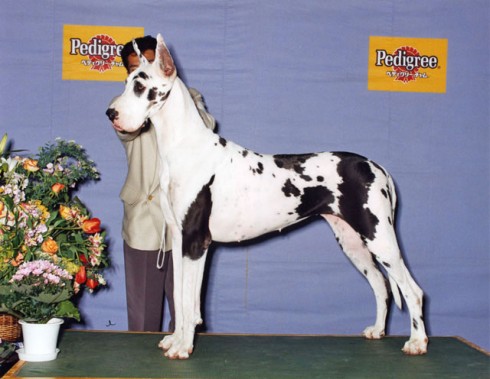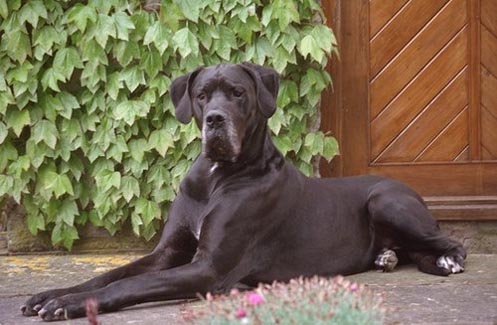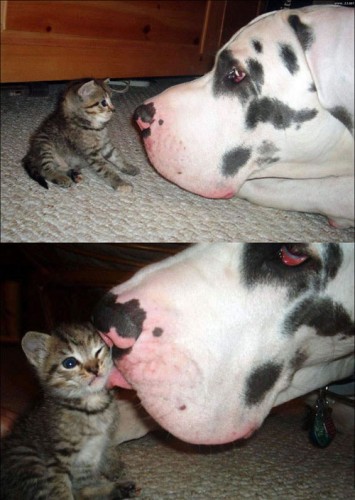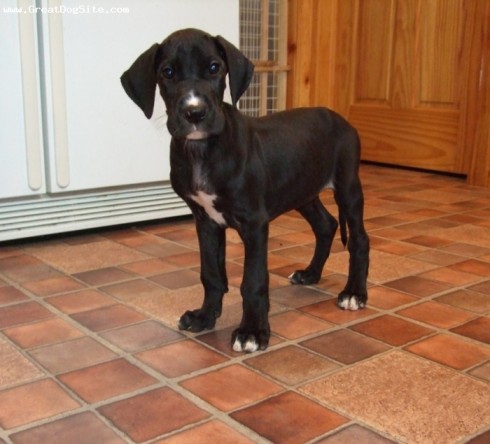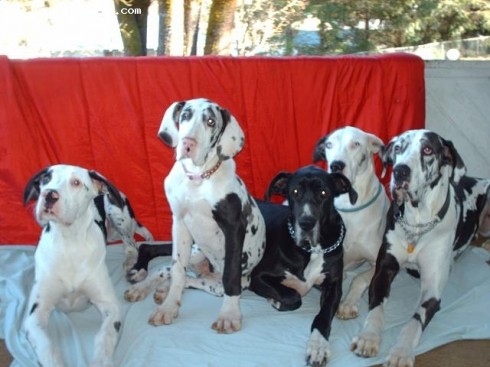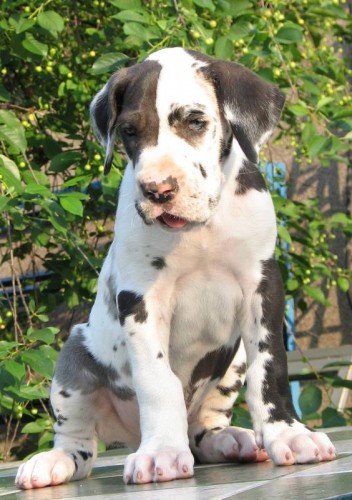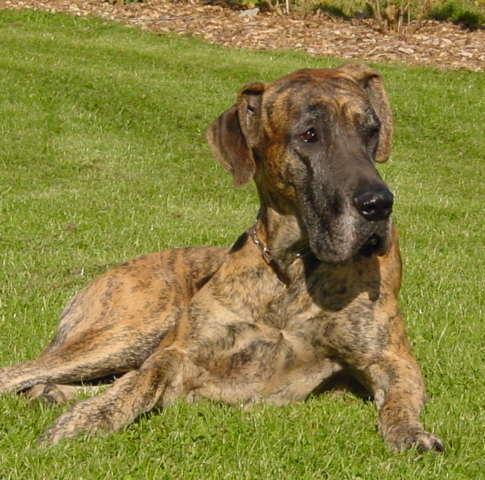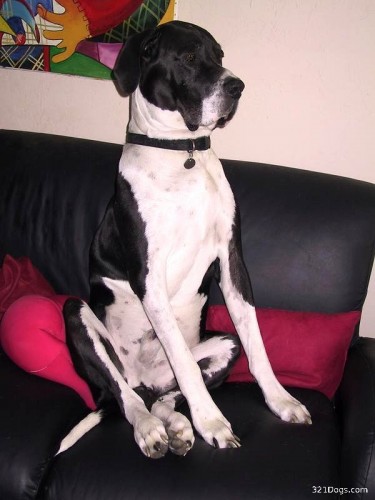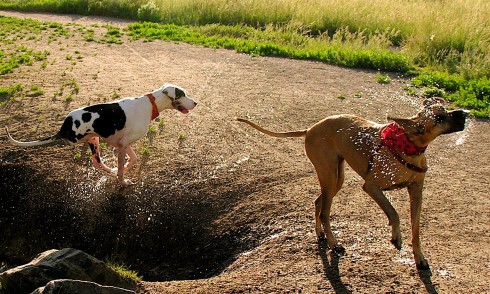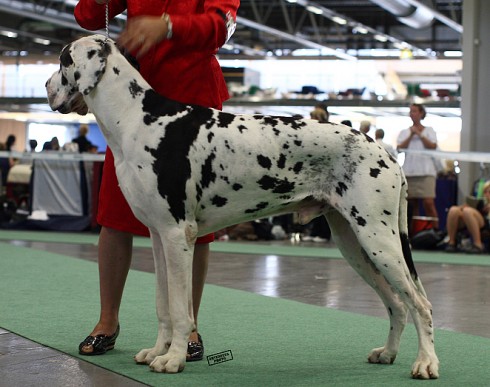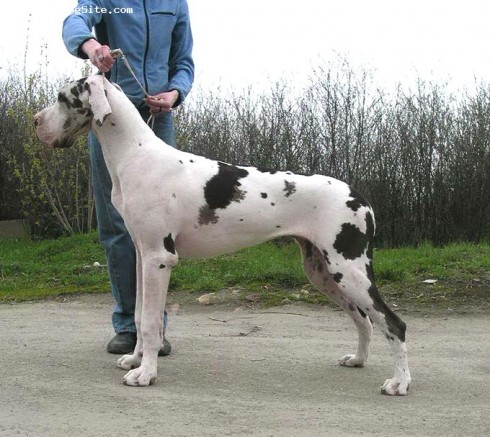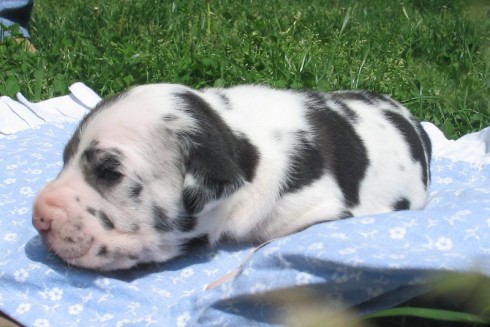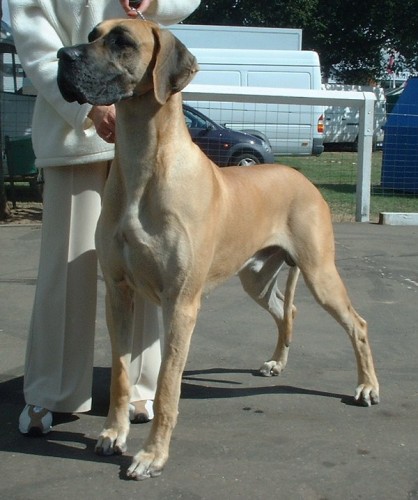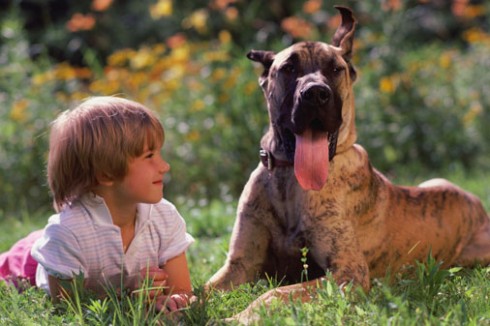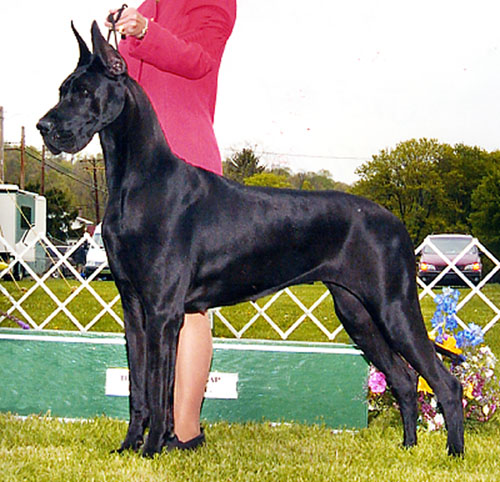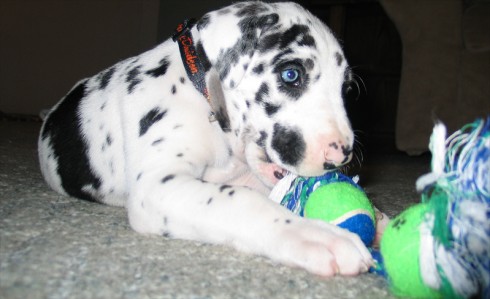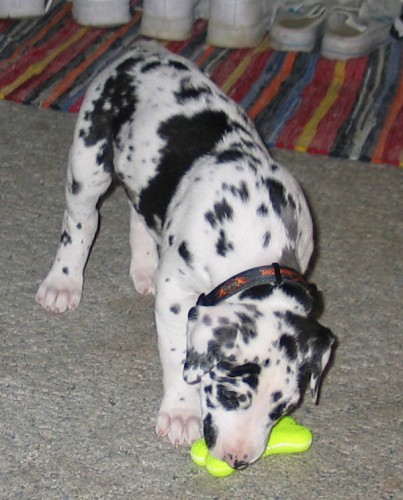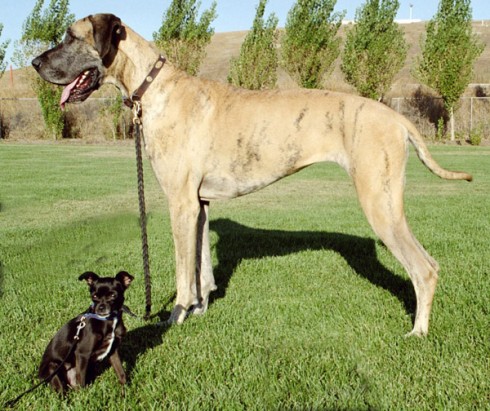Main Index
In Store
Our Web Store
Miniature Schnauzer Picture Gallery
Latest Dog Blogs
- What Are The Basic Commands To Train A Dog?
- PaySafe As The Most Popular Type Of Deposit
- Everything You Need To Know About Pet Sales
- Dogs Contribute To Our Physical And Mental Well Being
- How To Choose Where To Bet On Greyhounds In 2022
- Volunteer With Animals - How To Help Dogs Around The World
- Basic Understanding Of The House Edge
- Why You Should Get A Dog
- Top 20 Popular Dog Names Around The World
- Constipation in Dogs and How to Find Solutions
Great Dane
The Full Great Dane Description
The Great Dane is often referred to as the king of dogs. By looking at him, it's easy to see why. A giant, dignified dog of sweet and gentle nature but also of mighty power, the Great Dane is an old breed. Because he is large, he needs a lot of space and exercise. In the house, he's calm and well behaved. Another important fact is that this big fellow eats plenty of food.
Did you know?
The Great Dane was developed in Germany to hunt wild boars.
The earliest written description of a dog resembling the breed may be found in Chinese literature of 1121 B.C. (an article by Dr. G. Ciaburri, Great Dane Club of Italy publication, 1929).
The name of the breed (in the English language) is a translation of an old French designation, grand Danois, meaning "big Danish." This was only one of half a dozen names which had been used for centuries in France. Why the English adopted the name "Great Dane" from the French is a mystery.
In 1891 the Great Dane Club of Germany adopted a precise standard, or official description of the ideal specimen.
So you want to own a Great Dane?
They can make great family dogs but require a lot of companionship and attention.
Indicative Breed Standard
General Appearance
Very muscular, strongly though elegantly built, with look of dash and daring, of being ready to go anywhere and do anything. Head and neck carried high, tail in line with back, or slightly upwards, but never curled over hindquarters. Elegance of outline and grace of form most essential.
Characteristics
Alert expression, powerful, majestic action displaying dignity.
Temperament
Kindly without nervousness, friendly and outgoing.
Head and Skull
Head, taken altogether, gives idea of great length and strength of jaw. Muzzle broad, skull proportionately narrow, so that whole head when viewed from above and in front, has appearance of equal breadth throughout. Length of head in proportion to height of dog. Length from nose to point between eyes about equal or preferably of greater length than from this point to back of occiput. Skull flat, slight indentation running up centre, occipital peak not prominent. Decided rise or brow over the eyes but not abrupt stop between them; face well chiselled, well filled in below eyes with no appearance of being pinched: foreface long, of equal depth throughout. Cheeks showing as little lumpiness as possible, compatible with strength. Underline of head, viewed in profile, runs almost in a straight line from corner of lip to corner of jawbone, allowing for fold of lip, but with no loose skin hanging down. Bridge of nose very wide, with slight ridge where cartilage joins bone (this is a characteristic of breed). Nostrils large, wide and open, giving blunt look to nose. Lips hang squarely in front, forming right angle with upper line of foreface.
Eyes
Fairly deep set, not giving the appearance of being round, of medium size and preferably dark. Wall, or odd eyes permissible in harlequins.
Ears
Triangular, medium size, set high on skull and folded forward, not pendulous.
Mouth
Teeth level. Jaws strong with a perfect, regular and complete scissor bite, i.e. upper teeth closely overlapping lower teeth and set square to the jaws.
Neck
Neck long, well arched, quite clean and free from loose skin, held well up, well set in shoulders, junction of head and neck well defined.
Forequarters
Shoulders muscular, not loaded, well sloped back, with elbows well under body. Forelegs perfectly straight with big flat bone.
Body
Very deep, brisket reaching elbow, ribs well sprung, belly well drawn up. Back and loins strong, latter slightly arched.
Hindquarters
Extremely muscular, giving strength and galloping power. Second thigh long and well developed, good turn of stifle, hocks set low, turning neither in nor out.
Feet
Cat-like, turning neither in nor out. Toes well arched and close, nails strong and curved. Nails preferably dark in all coat colours, except harlequins, where light are permissible.
Tail
Thick at the root, tapering towards end, reaching to or just below hocks. Carried in straight line level with back, when dog is moving, slightly curved towards end, but never curling or carried over back.
Gait/Movement
Action lithe, springy and free, covering ground well. Hocks move freely with driving action, head carried high.
Coat
Short dense and sleek-looking, never inclined to roughness.
Colour
Brindles : must be striped, ground colour from lightest buff to deepest orange, stripes always black, eyes and nails preferably dark, dark shadings on head and ears acceptable.
Fawns: colour varies from lightest buff to deepest orange, dark shadings on head and ears acceptable, eyes and nails preferably dark.
Blues: colour varies from light grey to deep slate, the nose and eyes may be blue.
Blacks: black is black.
In all above colours white is only permissible on chest and feet, but it is not desirable even there. Nose always black, except in blues and harlequins. Eyes and nails perfectly dark.
Harlequins: pure white underground with preferably all black patches or all blue patches, having appearance of being torn. Light nails permissible. In harlequins, wall eyes, pink noses, or butterfly noses permissible but not desirable.
Size
Minimum height of an adult dog over eighteen months: 76 cms (30 ins); bitches: 71 cms (28 ins). Weight, minimum weight over eighteen months: dogs: 54 kgs (120 lbs); bitches: 46 kgs (100 lbs).
About Our Article Directory
- Article
- 27 November 2010
- 2 comments
Canis lupus familiaris
- Breed Article
- 29 May 2010
- No comments
Dog Tricks: Understanding Your Dog's Capabilities Before You
- Article
- 15 February 2010
- No comments
Hypertrophic Osteodystroph (HOD)
- Article
- 31 January 2010
- No comments
Quick Search
Donate
Latest Dog Pods
- Tips on How to Stop Your Dog from Biting
- Beware - Not All Advertised Dog Rescues Really Are! How Can You Know The Truth?
- Helpful Tips For Dog Obedience Problems
- How to Keep Dogs From Eating Poop
- Dog Grooming Tips - A General Overview of the Very Basics of Dog Grooming
- Recognising Different Types of Dog Obedience Problems
- 5 Important Tips On Feeding A Puppy


